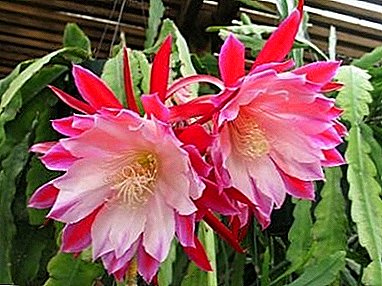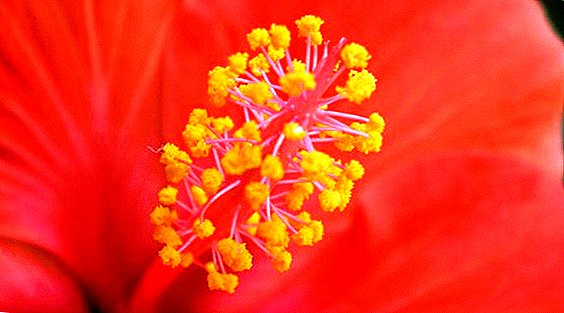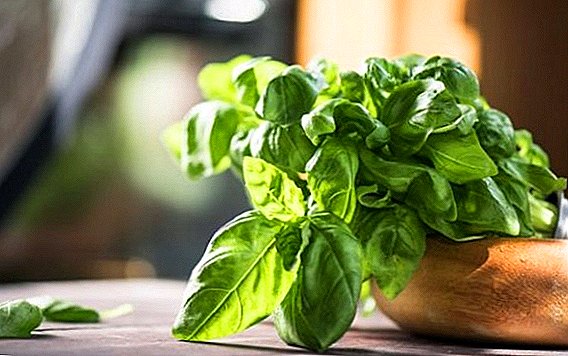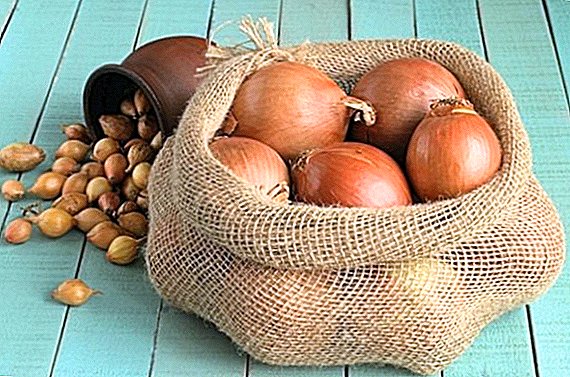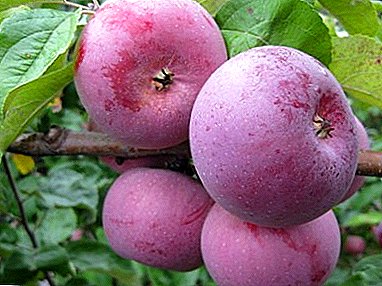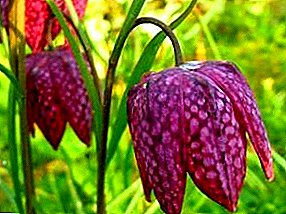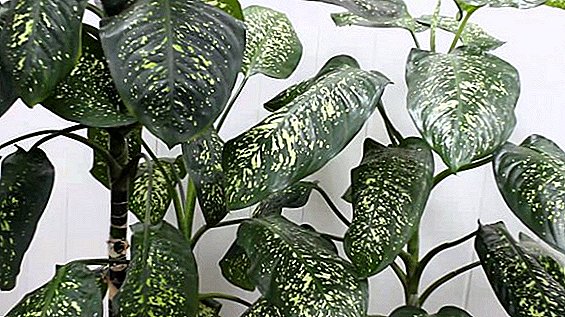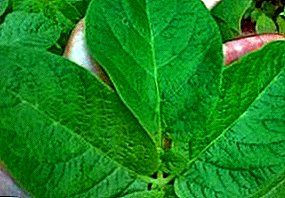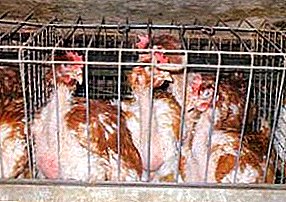
The lush feather cover is a guarantee of health for any poultry.
A healthy and active chicken always monitors the state of its plumage, periodically cleans it, removing all the dirt from it.
However, when the bird falls ill, the feathers begin to fall out or get dirty.
That is why any problems that relate to feather cover of a chicken require special attention.
What is apteriosis?
Violation of perovoobrazovaniya in chickens is quite common. As a rule, this disease begins to occur in juveniles, which suffer from insufficiently developed plumage. Such birds look unhealthy, lead a sluggish lifestyle, constantly freezing, if the number of feathers is seriously reduced.
Problems associated with the feather cover of chickens, called apteriosis and alopecia. Apteriosis is characterized by a lack of feathering when changing juvenile plumage in young individuals. As for alopecia, so called partial or complete loss of feathers in adult birds without the ability to restore their growth.
Degree of danger
 The loss of feathers in poultry has long been seen by man.
The loss of feathers in poultry has long been seen by man.
However, only recently veterinarians were able to establish the exact cause of the occurrence of this disease.
Before that, it was impossible to understand that it so negatively affects the bird's organism that it causes it to shed all feather cover.
A featherless bird becomes more vulnerable to any external factors.. It is worse tolerates sudden changes in temperature, the influence of ultraviolet radiation. All these habitual external factors gradually weaken her body and later can lead to death.
Fortunately, the loss of feathers rarely quickly leads to the death of poultry. The disease can last for a very long time, until the chicken organism starts to suffer.
But in the event that the loss of feather cover is associated with infectious diseases, the bird may die much earlier. In all other cases, the farmer may have time to establish the cause of alopecia and take appropriate measures to save the individual.
The reasons
 The most common cause of penile disorder is unhealthy diet. Very often bird breeders try to buy the cheapest feed.
The most common cause of penile disorder is unhealthy diet. Very often bird breeders try to buy the cheapest feed.
As a rule, they contain a reduced amount of nutrients and vitamins that are necessary for the normal functioning of the internal organs of poultry.
Avitaminosis is rapidly developing from a lack of certain vitamins in poultry. It is characterized by negative changes in the feather covers of the chicken.
Another reason for the disruption of the formation of feathers can be called cold and infectious diseases. In birds, weakened by the disease, the metabolism is gradually disturbed. He immediately begins to affect the state of feathers. In addition, the bird ceases to take care of itself, it does not have enough strength to produce the feather cleaning that is usual for each chicken.
They quickly become soiled, stick together among themselves that leads to their loss. Usually, after falling out, the feathers are no longer restored, and the chicken becomes naked.
The condition of the feathers can also be affected by excessive humidity or dry air in the house. Some breeds of chickens, especially their youngsters, react too sharply to any change in humidity in the chicken coop, so they begin to fall out due to stress. Similarly, a young bird can be affected by too short or too long light hours.
 The breed of Minorca chickens is fairly well known in Russia. Her distinguishing feature is black with a white spot on her head.
The breed of Minorca chickens is fairly well known in Russia. Her distinguishing feature is black with a white spot on her head.About how to treat inflammation of goiter, you can learn from here: //selo.guru/ptitsa/bolezni-ptitsa/pitanie/vospalenie-zoba.html.
The chicken's body does not have time to recover normally or is too exhausted, so the feathers get less of the substances necessary for their growth. Gradually they fall out, weakening the general condition of the bird.
Course and symptoms
 Sick individuals differ from healthy skin lesions around the tail, neck, back. The steering feathers gradually begin to fall out.
Sick individuals differ from healthy skin lesions around the tail, neck, back. The steering feathers gradually begin to fall out.
Healthy chickens react negatively to weakened individuals, so they begin to peck at them, which can lead to slander and cannibalism among the livestock.
Sometimes damage is noticeable around the cloaca, near the pigostille. Chicken begins to suffer not only from these injuries. After that, small integumentary feathers fall out to ensure proper heat transfer in the bird's body.
Some, especially weak chickens, completely without plumage. This is very dangerous in the cold season, as they can quickly die from hypothermia.
As for the summer period, such chickens can get serious sunburn, as their skin cannot tolerate direct ultraviolet radiation.
Most often laying hens suffer from this disease during the molting period. If at this moment the chicken does not receive enough feed, the new feathers will stop growing and the old ones will continue to fall.
Diagnostics
 Before deciding the diagnosis of apteriosis or alopecia, the veterinarian should make sure exactly what caused the disease.
Before deciding the diagnosis of apteriosis or alopecia, the veterinarian should make sure exactly what caused the disease.
For this the analysis is taken feedwhich birds received over a long period of time.
If there is a reduced amount of vitamins and trace elements, it gives the specialist to understand what the birds suffer from.
Infected individuals are examined in detail. They check for feathers in problem areas, assess the extent of skin lesions.
If there is a suspicion of an infectious disease, blood is taken from the chicken for analysis. It is sent to the laboratory, where an accurate test for suspected pathogens takes place.
Treatment
During the treatment of loss of feathers, birds are prescribed fortified food to help restore lost feather cover.
In addition, intramuscular administration of vitamin B12 contributes to the complete recovery of plumage. It is he who contributes to the proper exchange of sulfur-containing amino acids involved in the formation of feathers.
In this case, the dose of vitamin should be from 30 to 50 mcg in solution. The fortified solution is injected into birds intramuscularly or mixed with feed.
Also, good results were recorded during the feeding of chickens with feather meal. Veterinarians are advised to give 1 g of such flour per individual.
It is possible to obtain such flour on large poultry farms using chicken feathers, processed by autoclaving and processing in a mill.
Prevention
 The most effective prevention of loss of feathers in chickens is correct feeding.
The most effective prevention of loss of feathers in chickens is correct feeding.
Bird breeders need to constantly monitor the quality of feed. To give their preference should only known manufacturers, creating a complete feed for poultry.
As a preventive measure, laying hens can be add vitamin B12 to feed. It will help them complete the feathering process faster.
The same applies to young stock replacing juvenile down on the first feathers. If there is the slightest suspicion of apteriosis, immediately improve the quality of the feed by adding feather flour and vitamins.
Conclusion
Problems with feather cover in chickens is the first signal that allows you to determine that something is wrong with the bird. In the first place, poultry breeders need to check the condition of the feed, the housing conditions and the humidity level in the house. All chickens must be kept in the right conditions so that the feather cover always remains lush and healthy.


